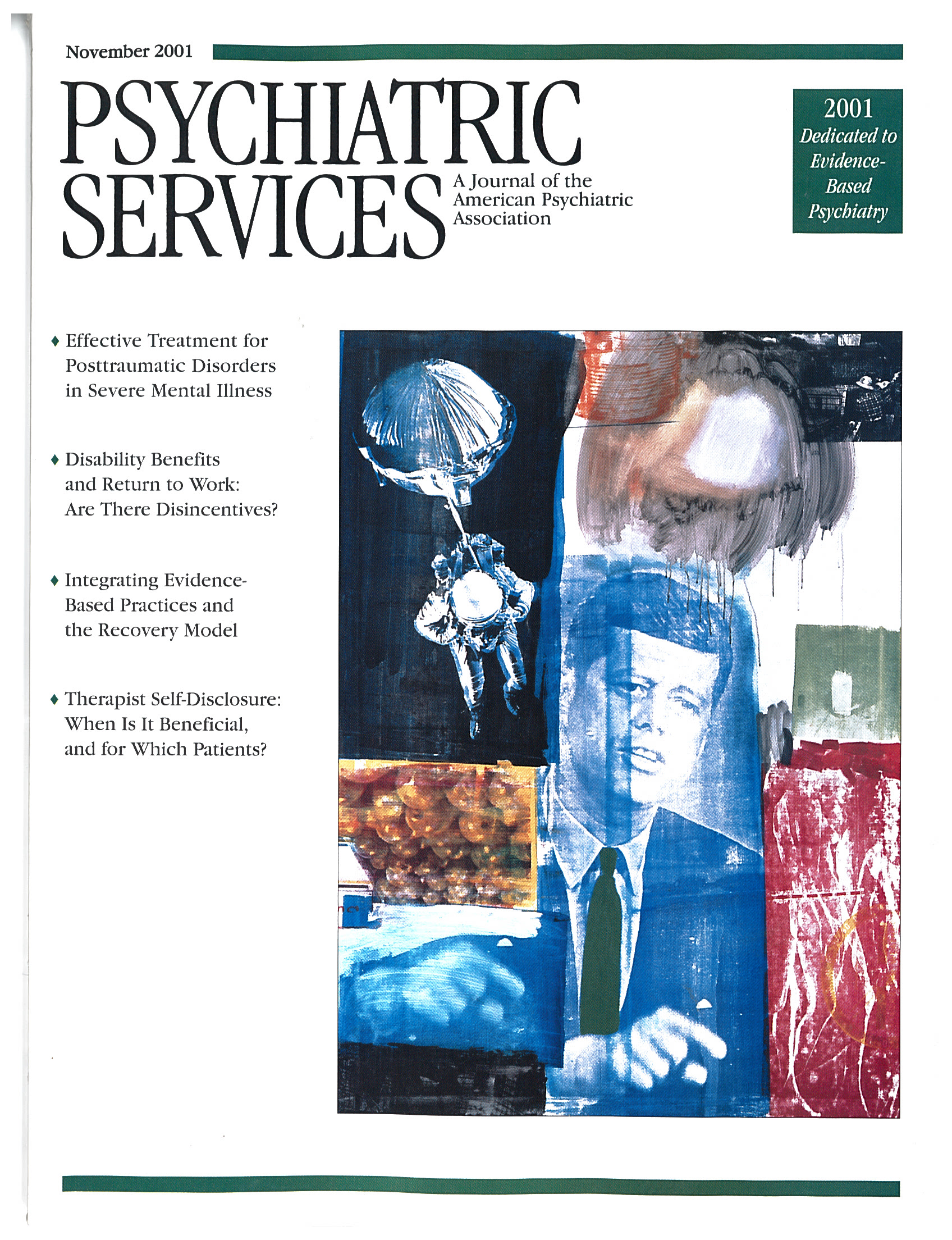Can Recovery From Depression Be Achieved?
Abstract
Even though a variety of treatments are available for depression, many patients experience an incomplete response, resulting in chronic functional impairment. The authors present a therapeutic heuristic that derives, in part, from a body of research that suggests that symptoms of mood disorders can be separated into three distinct components: somatic anxiety, which is most prominent in anxiety disorders, such as panic; anhedonia or low positive affect, which is most specific to depression; and general distress, which is present with both anxiety and depressive disorders. General distress and somatic anxiety appear to be significantly modulated by serotonin, and serotonergic drugs may exert their effects most significantly on these symptoms. On the other hand, positive affect, the dimension of reward-oriented motivation and enjoyment, appears to be most dependent on dopamine and, indirectly, norepinephrine. Thus a theoretical heuristic can be derived on the basis of the predominance of residual symptoms. Serotonergic agents would be chosen for monotherapy or augmentation for symptoms of distress. Alternatively, catecholaminergic drugs would be the first choice for anhedonia and decreased motivation.



